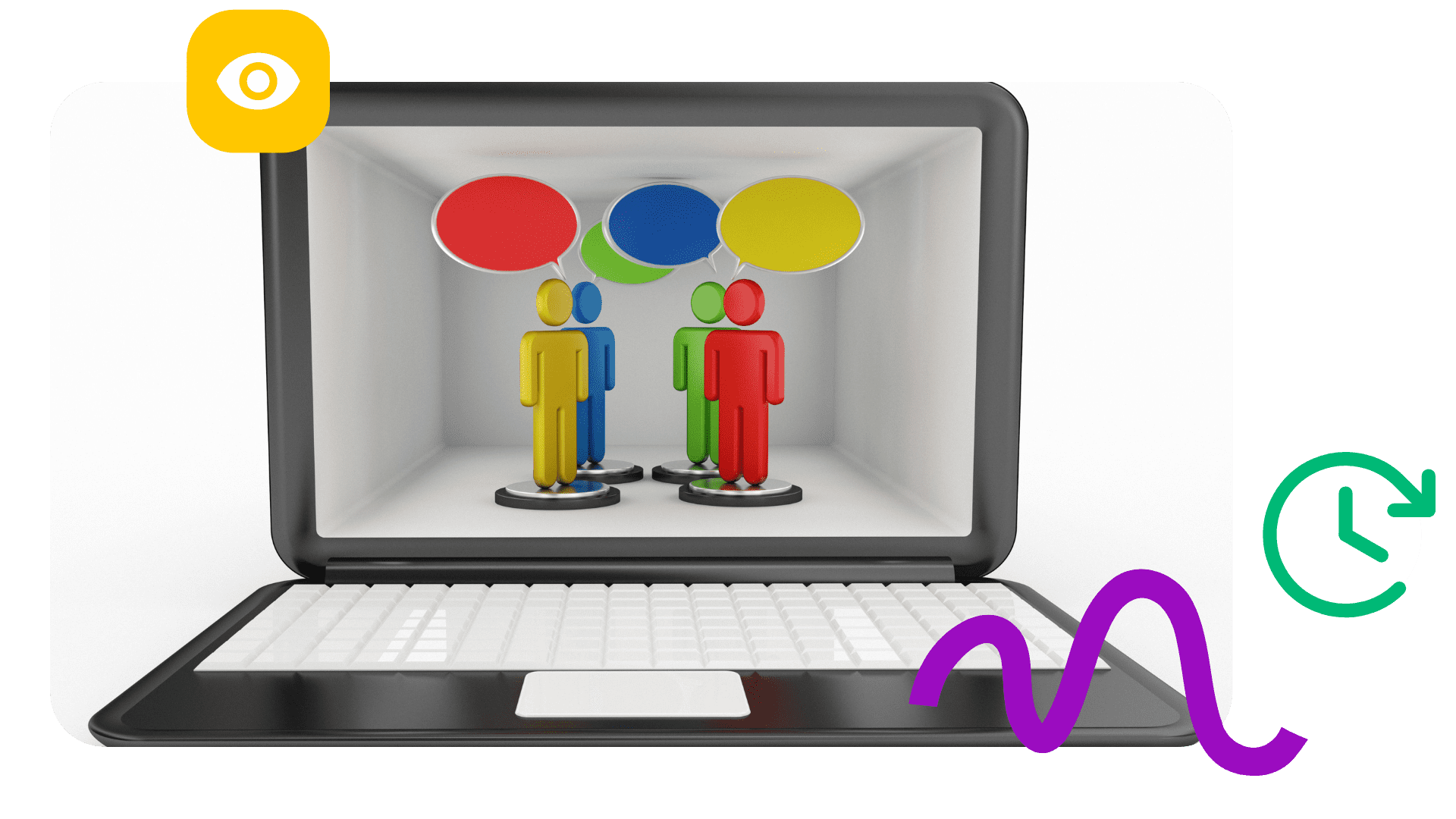


Learn the essential API integration steps with our comprehensive guide. Craft an effective strategy for seamless integration. Get started now!

Key takeaways:
API integration involves identifying the required API, understanding its documentation, and obtaining necessary access credentials. Then, it's about implementing the API in your application, rigorously testing the setup, deploying it, and monitoring for any potential issues.
Ever wonder how your favorite apps talk to each other? It's like they're speaking their own digital language, right? Well, that's where API integration steps in. APIs (Application Programming Interfaces) are the unsung heroes of our seamless digital experiences, acting as the go-between for different software applications.
In today's tech-driven world, APIs are more vital than ever. They're the glue that holds modern technology together, allowing diverse systems to interact and share data effortlessly. So let's dive into understanding this basic yet fundamental concept that keeps our digital world spinning. We'll decode the role of API integration and why it’s a big deal in the contemporary tech space, including the essential API Integration Requirements. Trust us, it's way cooler than it sounds!

Enabling API integration generally involves the following steps:
Let's chop down the techy talk to basics. API, short for Application Programming Interface, is like a messenger that delivers your request to the provider and then brings the response back to you.
It's all about how two systems chat with each other. Imagine sending a letter (your request) via a postman (API) who takes it to the recipient (the provider). The recipient reads your letter and sends a reply back through the postman. That's how APIs work!
Here are some everyday examples:
In essence, whenever two systems need to interact or share information, they do so using APIs. It’s like their common language! So next time when you book those concert tickets or check out from an online store, remember there's an army of APIs working behind the scenes making it all happen seamlessly!
API integration kicks off with nailing down the need. What's your goal? Better data flow? Streamlining operations? Your objectives dictate the APIs you select.
For example, if you're after enhanced payment processing, Stripe or PayPal APIs are solid picks.
Once you've chosen your APIs, it's time to establish a connection between systems. Here's a basic rundown:
Remember, every API has its quirks – stay flexible!
Now that everything is hooked up, it's testing time! Run through every possible user action to ensure smooth sailing:
And hey, if things go sideways – don't sweat it! Troubleshooting is part of the game. Google E-A-T concept applies here; always strive for Expertise, Authoritativeness, and Trustworthiness in solving issues.
By following these steps, your API integration will be less "Oh no!" and more "Hell yeah!
RESTful APIs, or Representational State Transfer APIs, are a go-to for developers. They offer benefits like:
But how do you integrate them? Let's dive into the RESTful API integration process.
Remember these principles during integration:
Think of it like ordering at a drive-thru. You (the client) give your order (the request) to the server who then gives you your food (the response). If they forget your fries (stateless), you have to repeat your whole order again!
So there you have it! A quick guide on RESTful API integration process. Remember these steps and principles and you'll be integrating APIs in no time!

Just like you wouldn't start a road trip without a map, don't dive into API integration without a plan. It's crucial to have a clear strategy before initiating the integration process.
Ever tried to assemble furniture without instructions? Not fun, right? Same goes for API integration - documentation plays an essential role in successful implementation.
Remember, crafting an effective API integration strategy isn't something that happens overnight. But with careful planning and thorough documentation, you'll be well on your way to success.
API integration steps, often complemented by development tools, can be a game-changer for businesses. They streamline operations, reduce manual tasks, and save time - all leading to enhanced efficiency and productivity. Imagine an e-commerce store that automates its inventory management using APIs and development tools. It's like having an extra pair of hands without the additional cost.
APIs are not just about automation; they're growth catalysts too. Let's take Shopify as an example. Its robust API integrations have helped thousands of small businesses thrive by providing seamless access to essential tools like payment gateways, shipping services, and customer relationship management software.
The future is digital, and APIs are driving this transformation. More businesses are leveraging API integrations to create innovative digital experiences for their customers. For instance:
In a nutshell, API integration steps are more than just technical procedures - they're strategic business decisions that can significantly impact a company's bottom line and future growth prospects.

API integration isn't just a fancy tech term, it's a game-changer. It simplifies complex processes, making life easier for beginners and pros alike. With a five-step guide at your disposal, you can navigate the process like a pro. REST API? No sweat. You've got that covered too.
Crafting an effective strategy isn't about ticking boxes; it's about understanding your business needs and aligning them with what APIs offer. And boy, do they offer! From streamlining operations to fostering innovation, the business significance of API integration is second to none.
So don't sit on the fence anymore. Jump in and explore how you can leverage API integration for your business today!
Remember, Google loves E-A-T (Expertise-Authoritativeness-Trustworthiness). So does your audience! So keep learning, keep integrating, keep innovating.
API integration is no joke; it's the backbone of modern tech stack, acting as the façade for diverse systems to interact seamlessly. At the heart of this process lies the API design, which maps out the logic of data transfer between systems. This design is implemented through code automation platforms, leveraging the capabilities of both network and web APIs.
In the case of Salesforce, the REST API provides a robust integration solution, allowing for seamless data exchange between Salesforce and other backend systems. This is achieved by leveraging an access token for secure communication, while the network tab in JavaScript provides a real-time view of the data transfer process.
APIs are not just limited to Salesforce. For instance, Unsplash provides APIs for integrating high-quality images into your web project, while the Random Joke API delivers a punchline to keep your end users entertained. These utility APIs add an edge to your integration project, enhancing the user experience.
However, successful integration is not just about using APIs. It's about understanding the use cases and having a deep understanding of the tech stack. This requires a thorough research and a strategic approach, taking into account the security measures, endpoint configurations, and the platforms involved.
For business users, API integration is a game-changer. It automates manual tasks, boosts efficiency, and opens up new possibilities for innovation. For instance, API integration can automate the process of updating project status across different teams, saving time and reducing the risk of errors.
But remember, not everyone on the team may be tech-savvy. Therefore, it's crucial to make the integration process as user-friendly as possible. This could involve building user-friendly interfaces, providing clear documentation, and offering support for troubleshooting issues.
In the end, API integration is a journey, not a destination. It's about continually exploring new APIs, experimenting with different integration platforms, and pushing the boundaries of what's possible. So whether you're integrating digital assets from Unsplash, building a Salesforce integration, or creating a
As a software developer, working on integration projects often involves communicating with REST APIs. This process is akin to sending a message to a server in the cloud. You, the end user, make a request using an HTTP verb like GET, POST, PUT, or DELETE to interact with resources at a specific point, known as the endpoint.
The server then processes your request and sends back a response, which includes a status code indicating the outcome of your request. For example, a status code of 200 signifies a successful request, while a 404 means the requested resource could not be found.
In the context of REST APIs, the message you send is the request, and the update you receive is the response from the server. Understanding how to interpret status codes and how to structure your requests is crucial to successful integration projects. As a software developer, you're not just writing code - you're facilitating communication between different software systems in the cloud.
Remember, the goal of API integration is to create a seamless user experience. So, while you're deep in the details of status codes and HTTP verbs, don't lose sight of the end user. Your integration projects should ultimately serve to make their digital interactions smoother and more efficient.